Book Review: A Tournament Frozen in Time – The Wonderful Randomness of the European Cup Winners’ Cup by Steven Scragg
 The European Cup Winners’ Cup (ECWC) competition came into being in the 1960/61 season, and as its title suggests qualification was attained by being the winners of a countries domestic cup. Despite its creation after the first European Cup competition in 1955/56 and the Inter-Cities Fairs Cup which also began in 1955 (before it morphed into the UEFA Cup in 1971/72) and therefore being the youngest of the three competitions, it was though seen as the next most prominent after the European Cup. It continued until the 1998/99 season with the final playing of the tournament between SS Lazio and RCD Mallorca at Villa Park, home of Aston Villa, the last of the 39 Finals.
The European Cup Winners’ Cup (ECWC) competition came into being in the 1960/61 season, and as its title suggests qualification was attained by being the winners of a countries domestic cup. Despite its creation after the first European Cup competition in 1955/56 and the Inter-Cities Fairs Cup which also began in 1955 (before it morphed into the UEFA Cup in 1971/72) and therefore being the youngest of the three competitions, it was though seen as the next most prominent after the European Cup. It continued until the 1998/99 season with the final playing of the tournament between SS Lazio and RCD Mallorca at Villa Park, home of Aston Villa, the last of the 39 Finals.
If Willy Wonka did football tournaments, then it would undoubtedly be the ECWC, a competition that was a fabulous mix of the eccentric, the magical, the unexpected and the sometimes bizarre, which is brilliantly captured in Steven Scragg’s book, A Tournament Frozen in Time – The Wonderful Randomness of the European Cup Winners’ Cup.
Rather than take the chronological route within the book, Scragg creates chapters which look at the history of the competition in terms of the countries or regions that took part in the ECWC, so for instance, Italian clubs participation is captured within the chapter titled, Forza Italia, whilst Robbie and the Purple and Whites, Plus Other Adventures Through the Low Countries, looks at how the sides from Belgium and the Netherlands fared during the thirty-nine seasons of the tournament. The exception are those which look at the 1980/81 campaign, Everton’s triumph in 1984/85 and Sir Alex Ferguson’s two cup wins with Aberdeen (1982/83) and Manchester United (1990/91). What this allows is that the story of the ECWC is able to be told in its own right, but also intertwined to the wider footballing context, so that its relationship with both the European Cup (and later the Champions League) as well as the UEFA Cup is presented.
What the reader is also given are stories that justify part of the author’s subtitle for the book, The Wonderful Randomness. Even from its inaugural season, there was something ‘different’ about the ECWC, in that for that 1960/61 the Final between Fiorentina and Rangers, was played over two-legs and was never to be repeated with all subsequent Finals a one-off at a neutral venue. Additionally, the trophy presented to the first winners, Fiorentina, was replaced by a different design for the remainder of the tournaments existence. Unlike the other two European competitions, there was never a period during which a team came back and was able to successfully defend the trophy and indeed never had a Final in which both sides were from the same country. It was a tournament littered with teams from all corners of Europe, some unlikely due to the current UEFA formats, ever to get near a European tournament again.
But readers may ask, if this was such a wonderful competition, why was it ended? Scragg addresses this by detailing how the change in status of the European Cup to the Champions League, was part of the process, as was the breakup of the former Communist bloc, necessitating the introduction of a Preliminary Round to the competition, as well the fact that attendances for the Finals were invariably poor. This included just 3,208 witnessing the 1963/64 Final in Brussels, 4,641 for the 1973/74 Final in Rotterdam and in 1992/93, just 37,393 strewn around the ‘old’ Wembley in its 100,000 capacity days, as Parma beat Royal Antwerp.
As a football fan, my view is that the demise can be traced back to when the so called ‘big-clubs’ in Europe, unhappy with the European Cup knock-out format, wanted a change so that they would be not only be part of an expanded tournament but of one bringing increased TV revenues. For me, there is nothing special, season-on-season, of another Champions League tie featuring Barcelona v Real Madrid (or indeed any combination of the repeat qualifiers) and as for the farce of the 2018/19 Final in which neither of the finalists (Liverpool and Spurs) had won the League – well just don’t get me started. Unfortunately, this is the reality of the greed and money that has infested our game both at home and abroad and at the cost of the romance that the ECWC gave us, such as Italian giants Napoli up against the Welsh minnows Bangor City in 1962, in a tie which required a replay in a time before the away-goals rule was introduced. That game is though just one of the many wonderful stories to be found within the pages of Scragg’s homage to the tournament.
What more can be said? Well, to paraphrase the words of Willy Wonka, “If you want to view paradise, simply look at this book and view it.” It is without doubt a wonderfully researched and written book and is a rightful nominee in The Telegraph Sports Books Awards 2020 (within the football category), and is a must read for anybody wanting to discover about a lost treasure in the football world or for those of us of a certain age, a most magical trip down memory lane.
(Pitch Publishing Ltd. September 2019. Hardback 288pp)

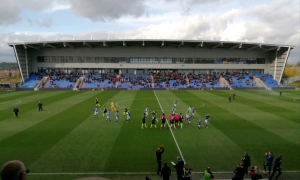
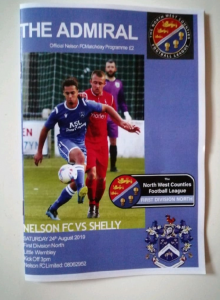
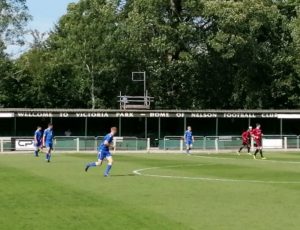
 It was a pleasant surprise to find that Amberley had upgraded the paper quality of this book compared to their Fifty Defining Fixtures series and also that it contained a good number of quality colour illustrations. However, the layout at times seemed strange with some of the pages containing large areas of blank unused space and the book would have benefited from clearer direction for the reader on the locations of items that McCartney was referring to in his text, i.e. programme overleaf.
It was a pleasant surprise to find that Amberley had upgraded the paper quality of this book compared to their Fifty Defining Fixtures series and also that it contained a good number of quality colour illustrations. However, the layout at times seemed strange with some of the pages containing large areas of blank unused space and the book would have benefited from clearer direction for the reader on the locations of items that McCartney was referring to in his text, i.e. programme overleaf. In this instalment of the Fifty Defining Fixtures series, author Iain McCartney acknowledges, “there have been many books on the ‘Belfast Boy’…but while telling the story of the player many believe to have been the ‘best ever’, they have merely skirted around many of the games when he laced up his boots, pulled on the jersey and caused havoc in opposition defences.” The author’s aim therefore in this edition is to focus instead on Best’s games rather than the off field dramas that came to impact his career and later life so dramatically. So, if readers are looking for a book detailing the wild-side and scandal that surrounded the life of George Best, then this isn’t the book for you.
In this instalment of the Fifty Defining Fixtures series, author Iain McCartney acknowledges, “there have been many books on the ‘Belfast Boy’…but while telling the story of the player many believe to have been the ‘best ever’, they have merely skirted around many of the games when he laced up his boots, pulled on the jersey and caused havoc in opposition defences.” The author’s aim therefore in this edition is to focus instead on Best’s games rather than the off field dramas that came to impact his career and later life so dramatically. So, if readers are looking for a book detailing the wild-side and scandal that surrounded the life of George Best, then this isn’t the book for you.

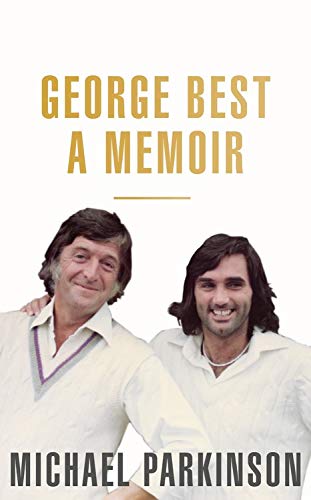
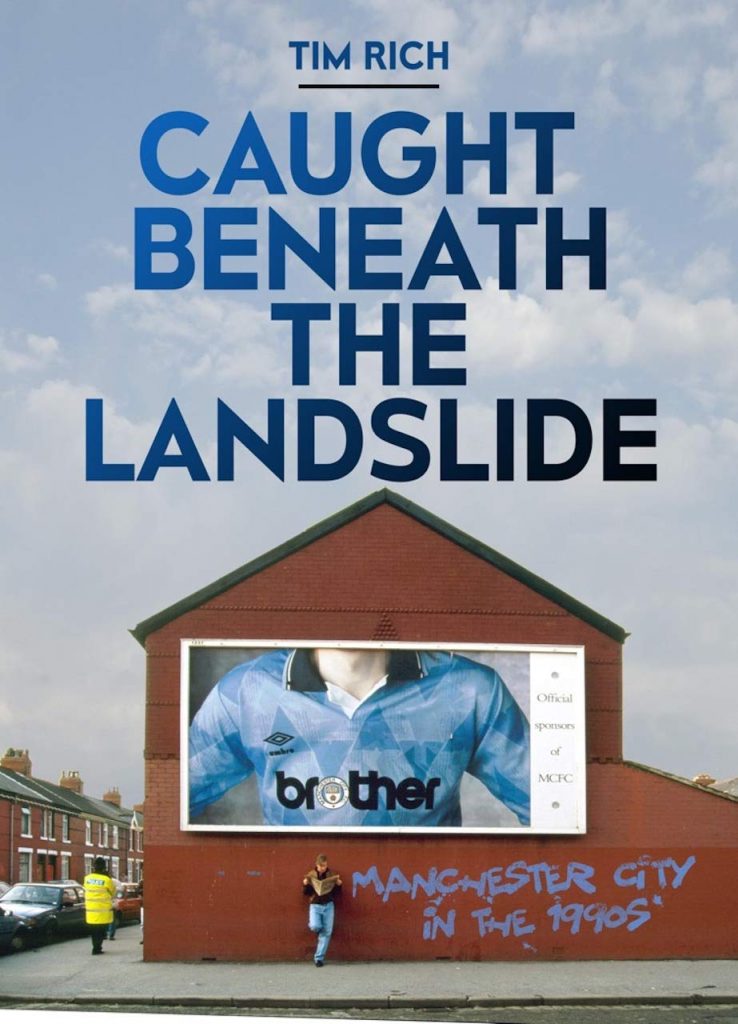
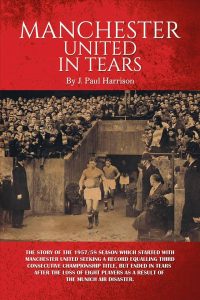 The Munich Air Disaster that took place on 6 February 1958 will forever be part of the history of Manchester United and in the period since the tragic event, it has been covered in documentaries, TV dramas, music and most especially in books.
The Munich Air Disaster that took place on 6 February 1958 will forever be part of the history of Manchester United and in the period since the tragic event, it has been covered in documentaries, TV dramas, music and most especially in books.